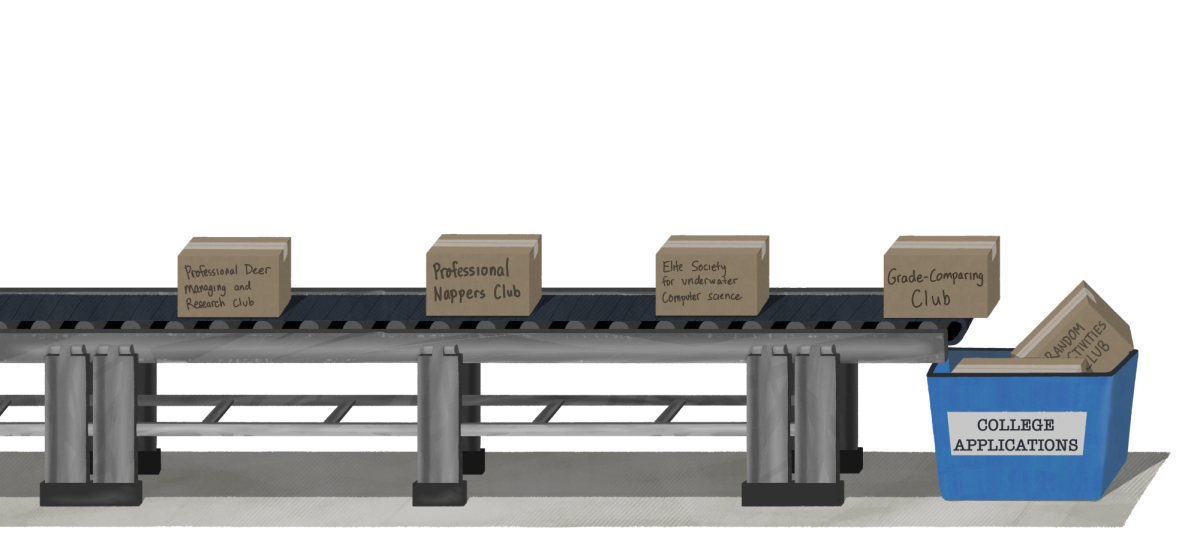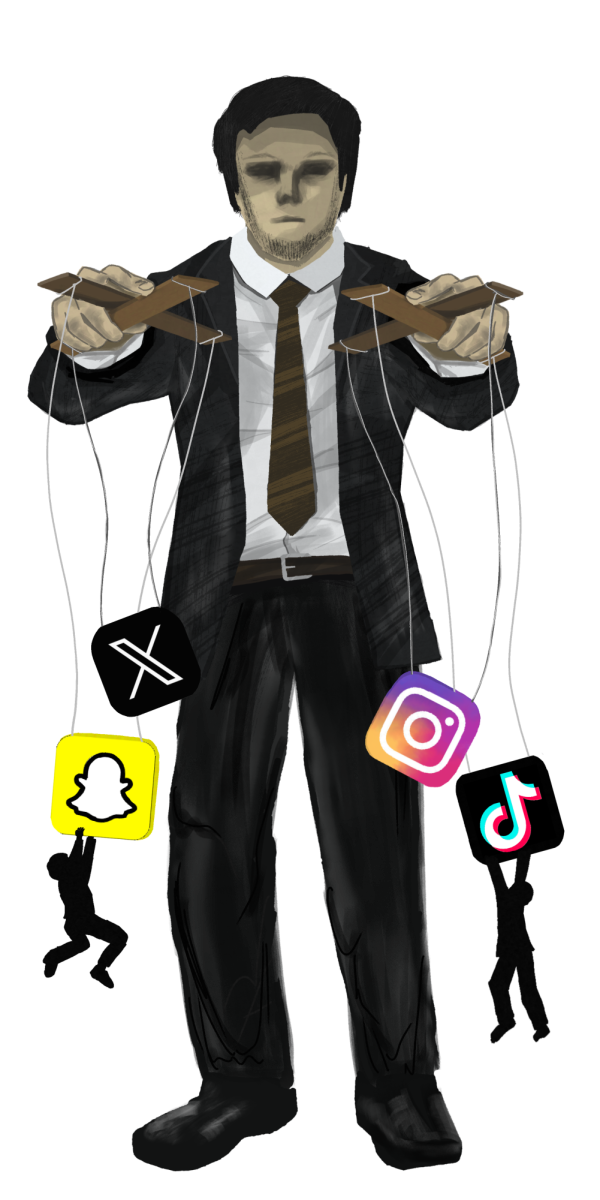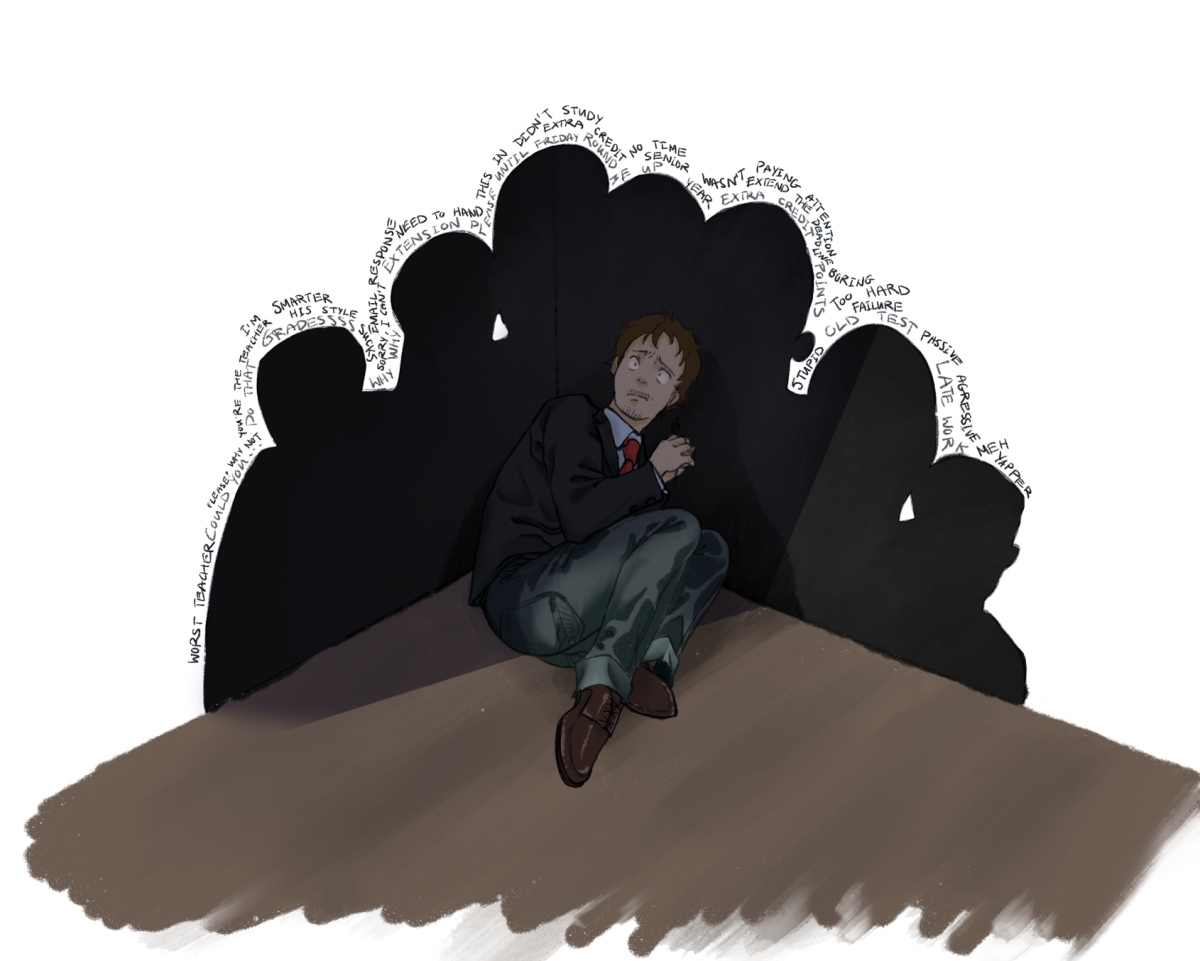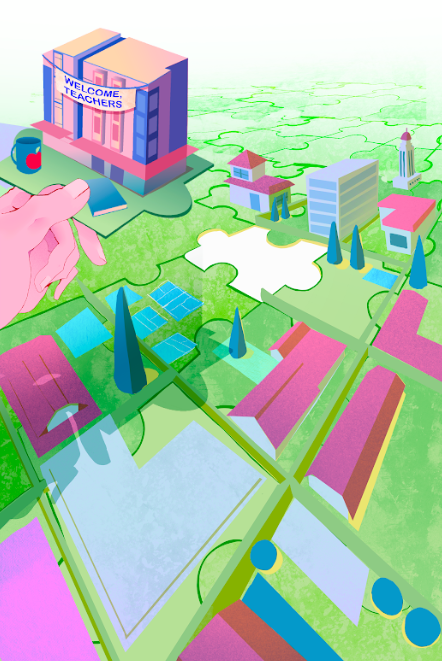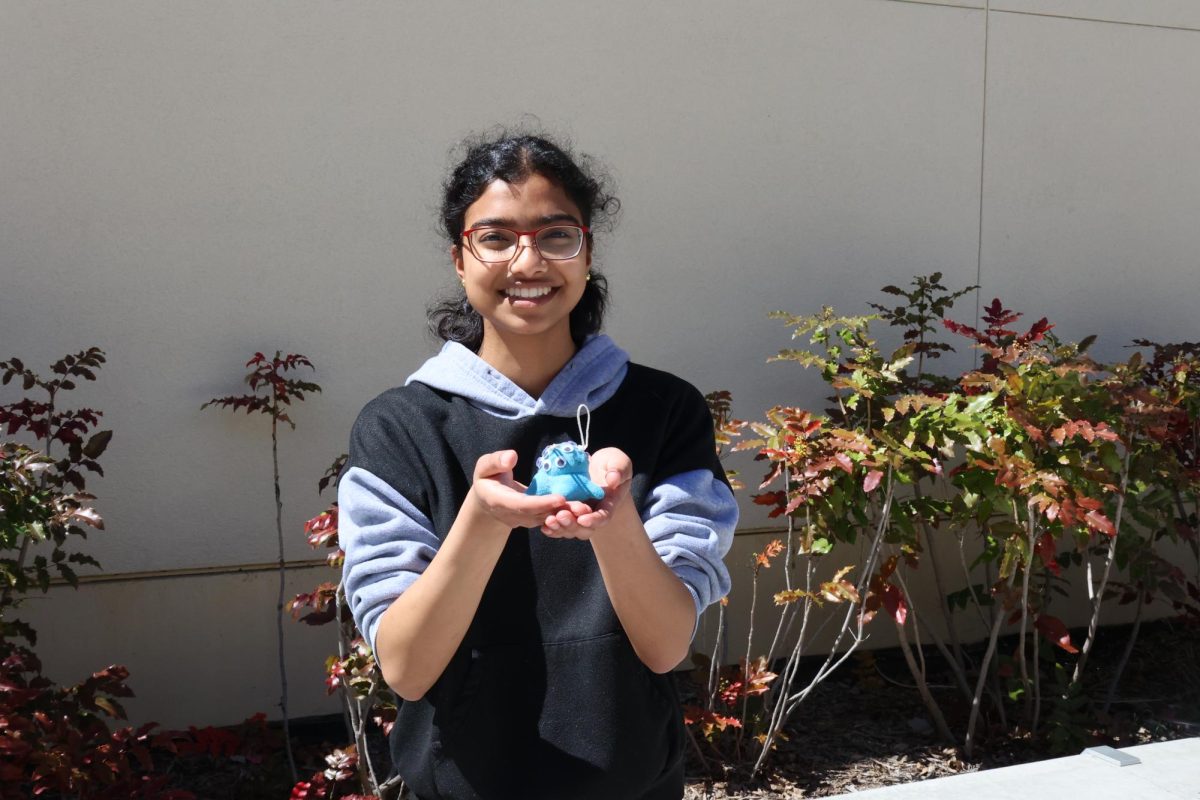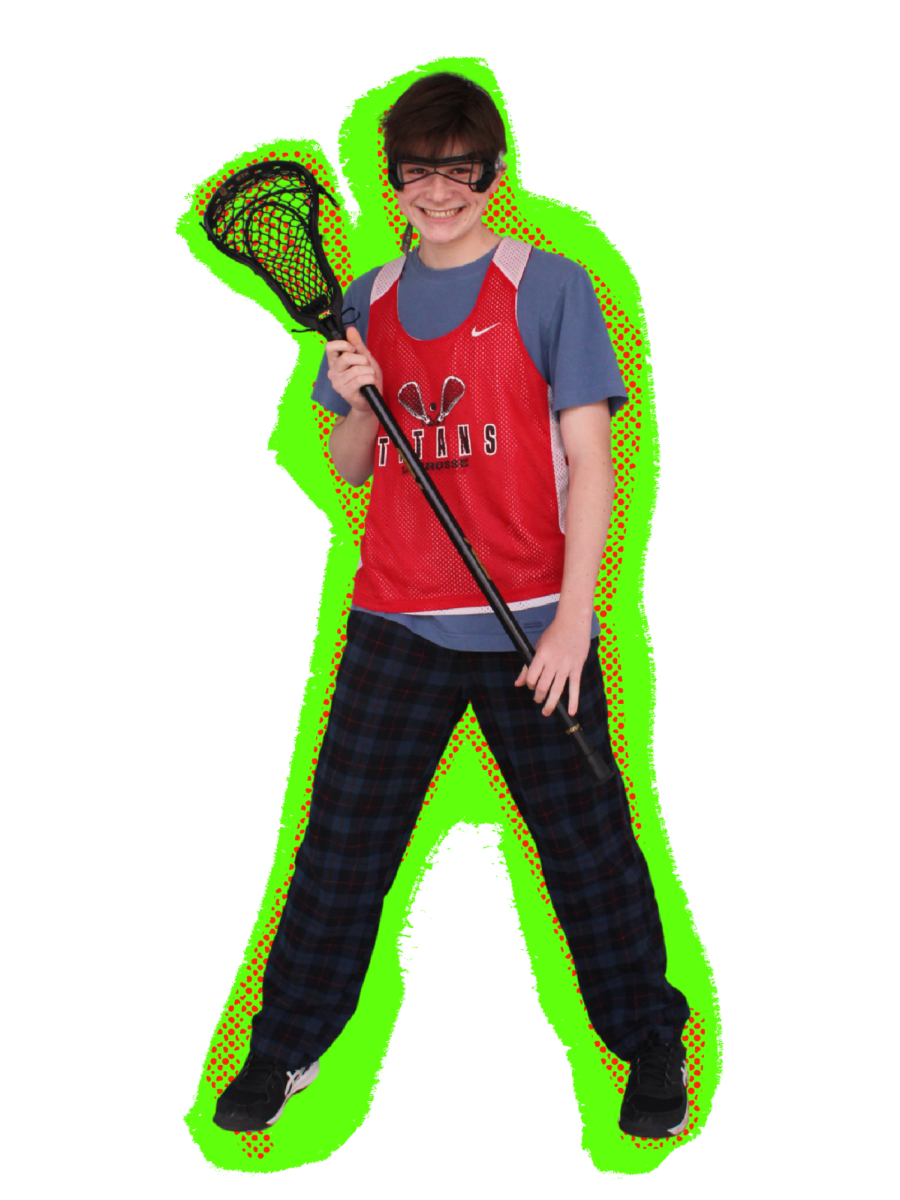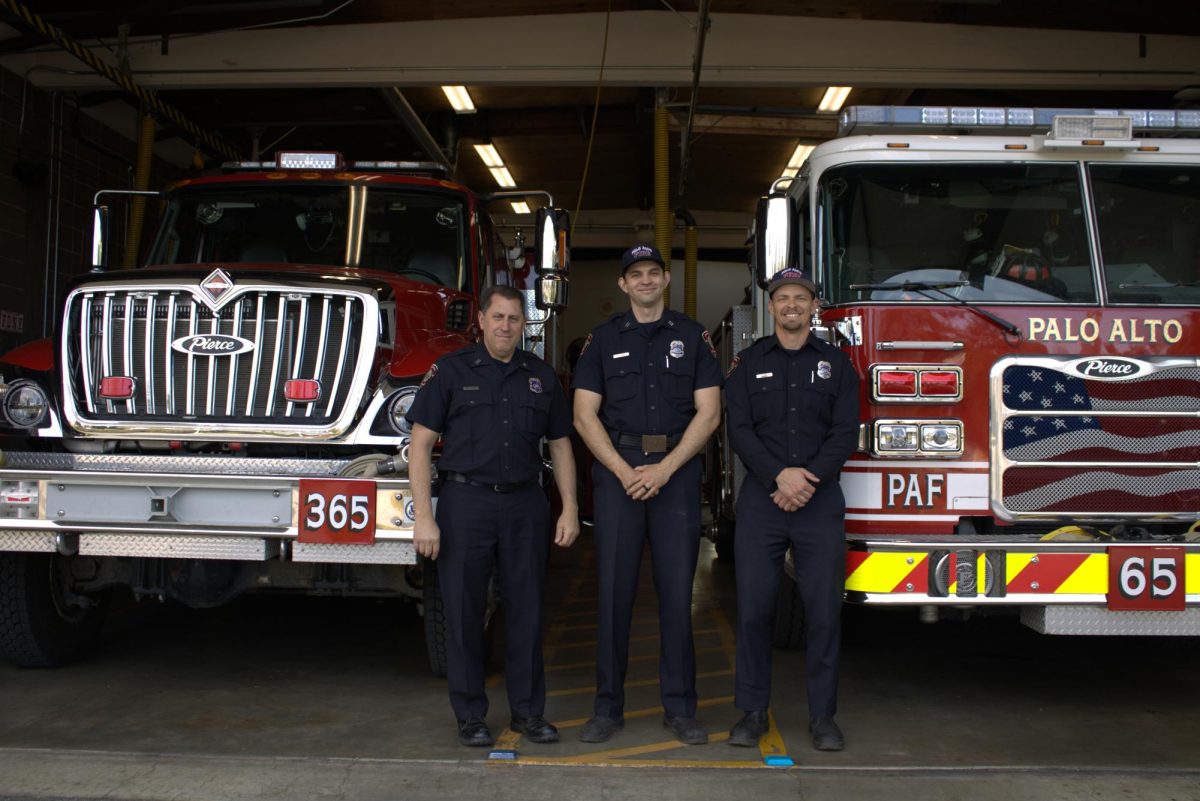There’s a strange phenomenon sweeping across high schools — creating clubs that look impressive and sound impactful, but almost only exist on paper. In the search for the perfect college application, students have turned clubs into something akin to performance art. They are no longer about gathering with classmates after school to debate philosophy or knit scarves for charities. Instead, it’s about the optics — how every activity translates into a strategic bullet point on a resume.
Suddenly, clubs like “Professional Nappers Club” pop up, offering the idealistic blend of community service, leadership, and a touch of viral social media potential. Add a nonprofit status and a half-baked mission statement, and a Common App-worthy bullet point is born. Students aren’t building community — they’re crafting narratives, each club a carefully curated piece of the larger college admissions puzzle. And in the process, the original heart of student organizations has been hollowed out, replaced with Canva temples and leadership titles that often mean nothing at all.
Students often follow the same formula when developing their clubs: combine something that carries some relation to activism with a touch of innovation. A 2023 Common App report based on trends and disparities in extracurricular activities revealed that 71% of students pick extracurriculars based solely on how they’ll appear to admissions officers. This disparity becomes even more pronounced among students from higher-income backgrounds, who often report more extracurricular involvement due to greater access and resources. This emphasis on appearance over impact encourages students to only scratch the surface of what would seem like unique interests, rather than actually having genuine engagement.
It would seem that clubs would still be a safe space for creativity and niche hobbies. Spoiler alert: Most are not. Most club presidents have the same run-of-the-mill “interests.” Data gathered from a 2023 study by the National Association for College Admission Counseling about similarities and patterns in applicants accepted into top universities found that 60% of applicants listed nearly identical extracurriculars. This is not passion — it’s a strategy to feign impact. Not only this, but many students may feel that their niche interests wouldn’t make an “application-worthy” club, losing the opportunity to share knowledge on a truly enjoyable subject.
Being “well-rounded” often looks more like being overextended, with students juggling a Frankenstein-esque schedule of 10 clubs, five Advanced Placement classes, part-time jobs, and weekend volunteering. According to a study conducted in 2024 by researchers from the University of Georgia, focusing on stress in teens induced by extracurricular activities, 48% of high school students in Georgia reported stress from extracurricular overload. The pursuit of “doing it all” in high school leaves little room for what really counts — enjoying any of it.
Some argue that students should have the freedom to make any club they want without putting a decent amount of effort and time into it, because after all, it’s just a little club, right? Here’s where it gets complicated — when clubs are created in excess or purely as resume padding, they dilute the importance of clubs with deeper social, cultural, or educational value. Clubs that serve marginalized communities, promote cultural awareness, or provide meaningful resources often lose visibility amidst a sea of superficial clubs. In the race to stand out on paper, the spaces that genuinely support students and foster inclusivity risk being overshadowed.
Instead of creating clubs for the sole purpose of college applications, it’s time to rethink what clubs should actually be: spaces for curiosity, creativity, and connection — not superficial marketing strategies for a better acceptance list. And students? Go ahead and dive deep into your interests, not just seek a hundred of them and only ever reach surface level. Build spaces that foster community and creativity, not just empty titles.



